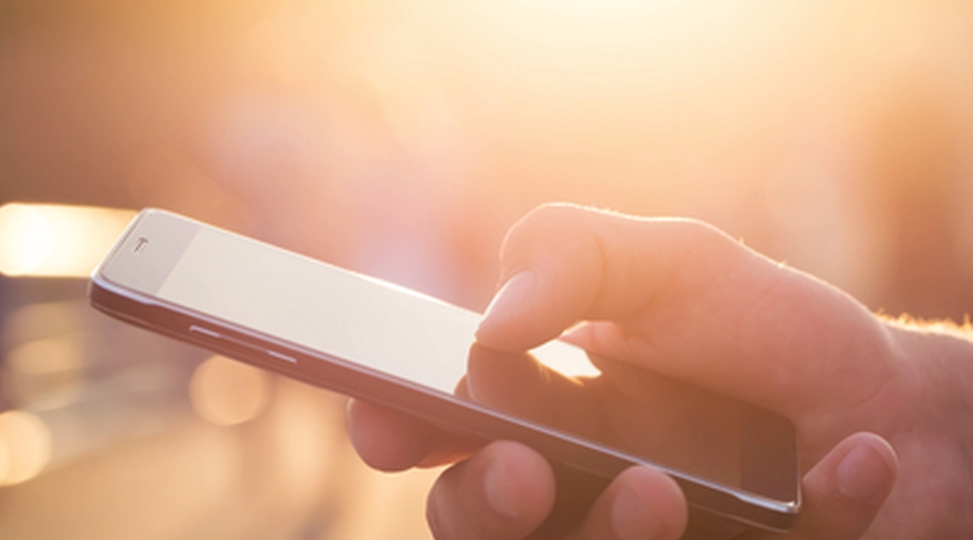Avoid exposing your smartphone to direct sunlight and extreme heat.
Others are reading now
During the summer, the combination of high temperatures and direct sunlight can pose a significant risk to smartphones, which are not designed to handle extreme heat.
But the instinctive measures we often take to cool down our overheated phones can sometimes cause more harm than good.
Understanding How Smartphones Handle Heat
Smartphones are generally constructed from materials such as metal and glass. Metal helps spread heat generated from the phone’s internal components during use.
Under direct sunlight, this property can backfire, as metal frames can retain heat from the environment, exacerbating the phone’s internal temperature.
Also read
Glass, particularly the thin glass used for screens, can quickly become very hot and even get damaged under continuous exposure to sunlight.
The battery also suffers when exposed to high temperatures.
Most smartphones are designed to operate optimally at temperatures ranging from 0°C to 35°C. Beyond this range, battery performance can degrade; the battery may have to work harder, shortening its lifespan and efficiency.
High temperatures can cause the battery to swell and, in extreme cases, lead to dangerous situations like fires or explosions.
Do Not Rush the Cooling Process
When a smartphone overheats, some might think of quickly cooling it by placing it in a refrigerator or freezer.
This method is risky. Rapid cooling can cause condensation to form inside the device, leading to water damage among other complications.
If your phone overheats, here are safer steps to manage the situation:
-
Turn Off the Device: This stops all operations and helps reduce internal heat production.
-
Move It to a Cooler Environment: Instead of placing it in a fridge, simply move it to a shaded or cooler indoor area.
-
Remove the Case: If your phone has a protective case, remove it to help dissipate heat faster.
-
Avoid Charging Until Cool: Don’t charge the phone until it has reached a normal temperature, as charging can generate additional heat.
Smartphones like iPhones will notify users when they need to be cooled down.


